When our daily lives revolve around education, one of the most prized traits is “smartness.” Getting high grades, doing well on tests, and grasping the material quickly is paramount to being a good student. However, this emphasis on high numbers and rapid understanding can leave many students in the dust.
Not everyone is able to understand the content during lecture-style classes or while reading through a dense textbook. This fact has been acknowledged by many educational scholars, which has led to the development of the Montessori Method and inquiry-based learning. So why do students, and the curriculum, still use the traditional metric of scores as a measure of intelligence?
Understanding what types of tests are being used to judge intelligence is a good place to start. Standardized tests in the U.S. are broken down into two types: aptitude tests, such as the SAT and ACT, are used as a predictive measure of how a student will perform in college; achievement tests, such as the California Assessment of Student Performance and Progress (CAASPP), are used to evaluate a school’s progress.
Although the SAT may be the most well-known of these tests, doing poorly on any of them can reflect badly on the students. Consequentially, students believe themselves not to be “smart” since test scores are frequently linked with aptitude. However, according to the Association for Supervision and Curriculum Development (ASCD), students are highly influenced by outside factors when taking tests, such as quality of in-school instruction or out-of-school learning.
Furthermore, despite a portion of a student’s natural ability at certain subjects or taking tests playing a part in high test scores, those skills alone won’t carry them to the perfect score. Correlating standardized tests purely to a student’s natural ability negates outside factors that play a part in a student’s education.
Beyond standardized tests, the current curriculum used by public schools is outdated. The most common way to teach material is through studying the textbook, presenting a review lecture, having a few class discussions and activities, and a final test that measures the students’ grasp of the materials. This learning model focuses on a student’s ability to memorize facts to pull out on the final test, especially if it is a multiple-choice test. But, this learning model is not reflective of the real world.
With the advent of the internet, people have had facts and information at the tips of their fingers for the past few decades. If people can’t remember something, there are hundreds of resources that are available to help them learn and understand the topic. Since the information is so readily available, students will often forget it, as it doesn’t apply to daily life.
Some may argue that this means that the internet is ruining learning rather than the teaching methods being out-of-date. However, forgetting information is actually a product of the human mind, not the availability of information. According to a study published in Neuron, a scientific journal focused on neuroscience, the goal of memory is to optimize decision-making. By forgetting or generalizing information, people can reduce the influence of outdated or irrelevant information. Since the information is available, and the majority of information is lost if not actively used, then this emphasis on memorizing facts about unrelated subjects is an outdated model for learning. Thus, the memorization of these facts should not be correlated to intelligence.
However, that’s not to say that school is a useless endeavor. Beyond the social skills gained through communication with peers and teachers, schools do effectively teach the necessary skills that everyone should know, such as reading, writing, and basic calculations. Using the same learning model to teach advanced subjects that won’t be relevant to many students’ futures, and judging their aptitude based on memorization of these subjects, is setting the students up for failure.
Moreover, student stress is a self-fulfilling cycle; as students become more stressed from their poor test scores and grades, they become less motivated and have lower academic achievement, which increases stress even more.
In addition, the higher education system places further stress on students, not only regarding their intelligence but their future as well. During the mid-20th century, the American higher education system went through a massive change; the introduction of the G.I. Bill of 1944, which provided veterans with loans for higher education, combined with the post-World-War-II baby boom, caused a considerable increase in college admissions. The sudden influx of college-educated workers led to the current trend of college degrees being a requirement for joining the workforce. Because of the pressure to get into college, many students feel like they must be “smart enough” to pass the rigorous admissions process through the showcase of good grades and impressive test scores. It is only natural, then, that the combined pressures of high-school and college-related stressors about student aptitude have led to dropping rates in students’ emotional health.
So, what can be done to fix this perception of intelligence from a test-based curriculum?
First, there needs to be a concerted effort to practice new developments in instruction that promote real learning rather than achieving a certain test score. Technology has changed rapidly within that decade, but teaching methods have not kept up, leaving a large gap between what is being taught and what needs to be taught. This gap is only exacerbated by the growing size of classrooms. According to Parents Across America, due to budget cuts, fewer teachers have had to accommodate more students with fewer resources. When teachers don’t have the time or resources to devote to helping students succeed, the blame falls upon the students’ intelligence for not being able to keep up.
By addressing these factors, as in the lack of instructional development, the increasing classroom sizes, and the underfunding of education, students can be provided the support system needed to succeed and feel good about their academic achievements.
Thus, by fixing the foundation upon which this perception is built, we can begin to change our understanding of academic intelligence.
*This editorial reflects the views of the Scot Scoop editorial board and was written by Brianna Cheng.

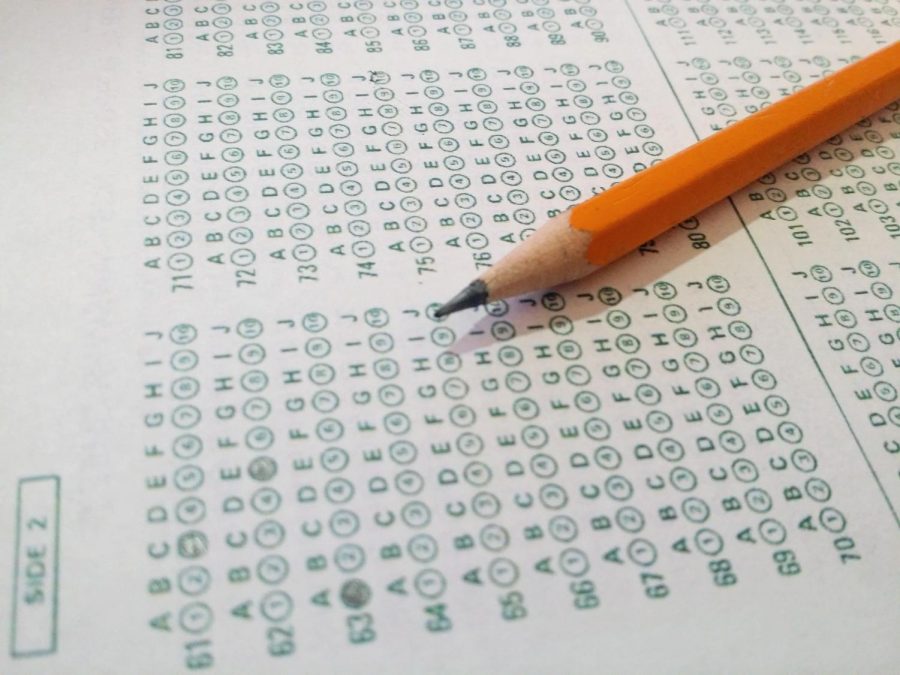
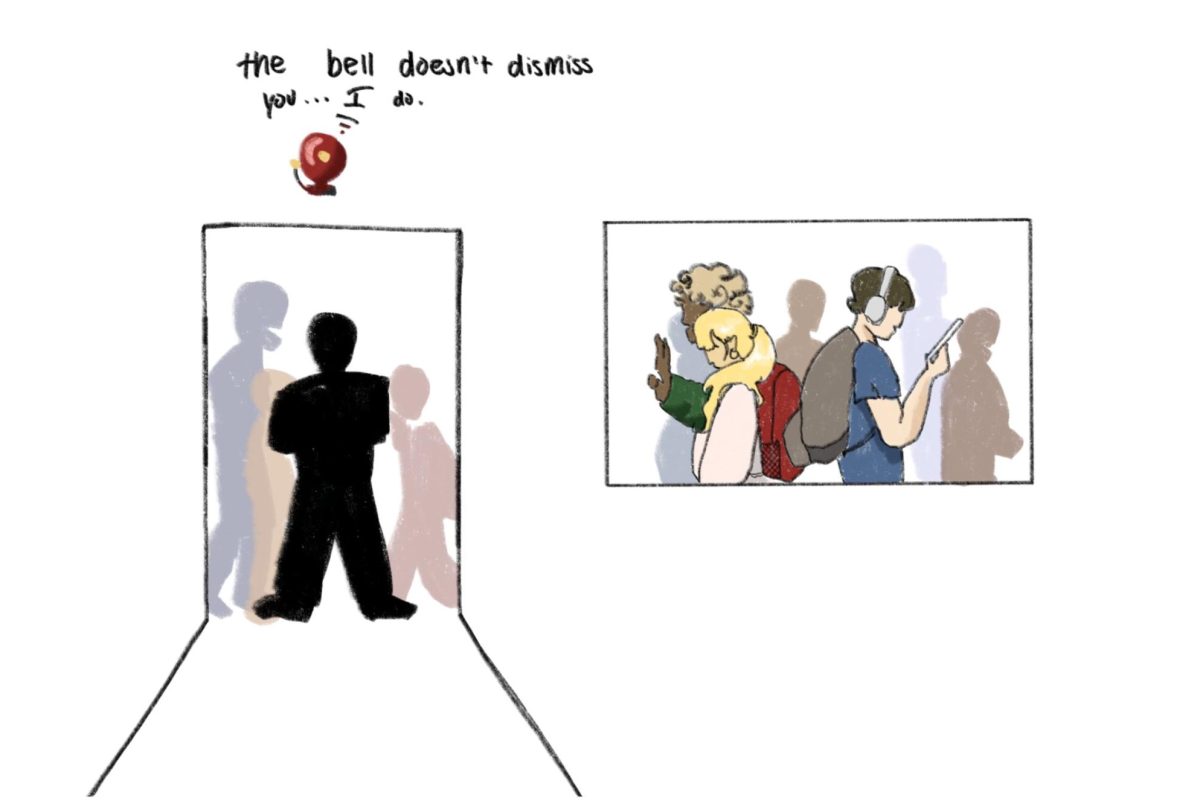
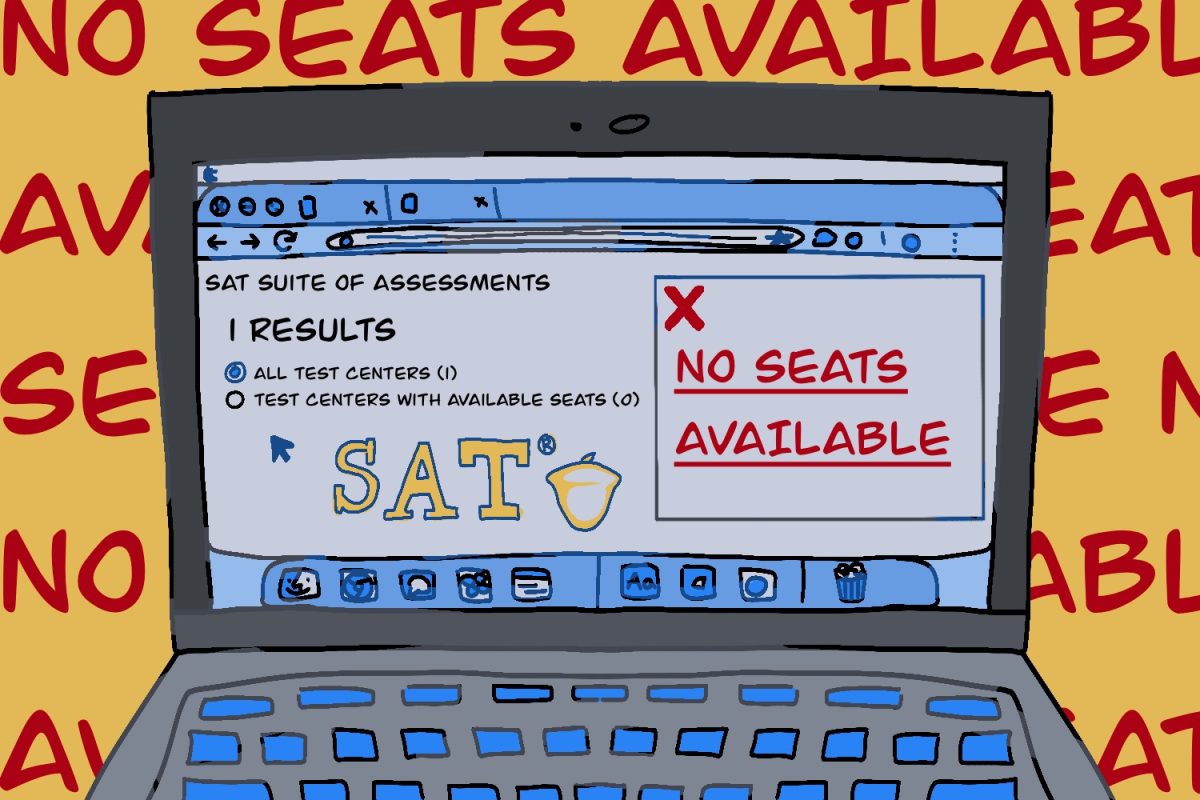




















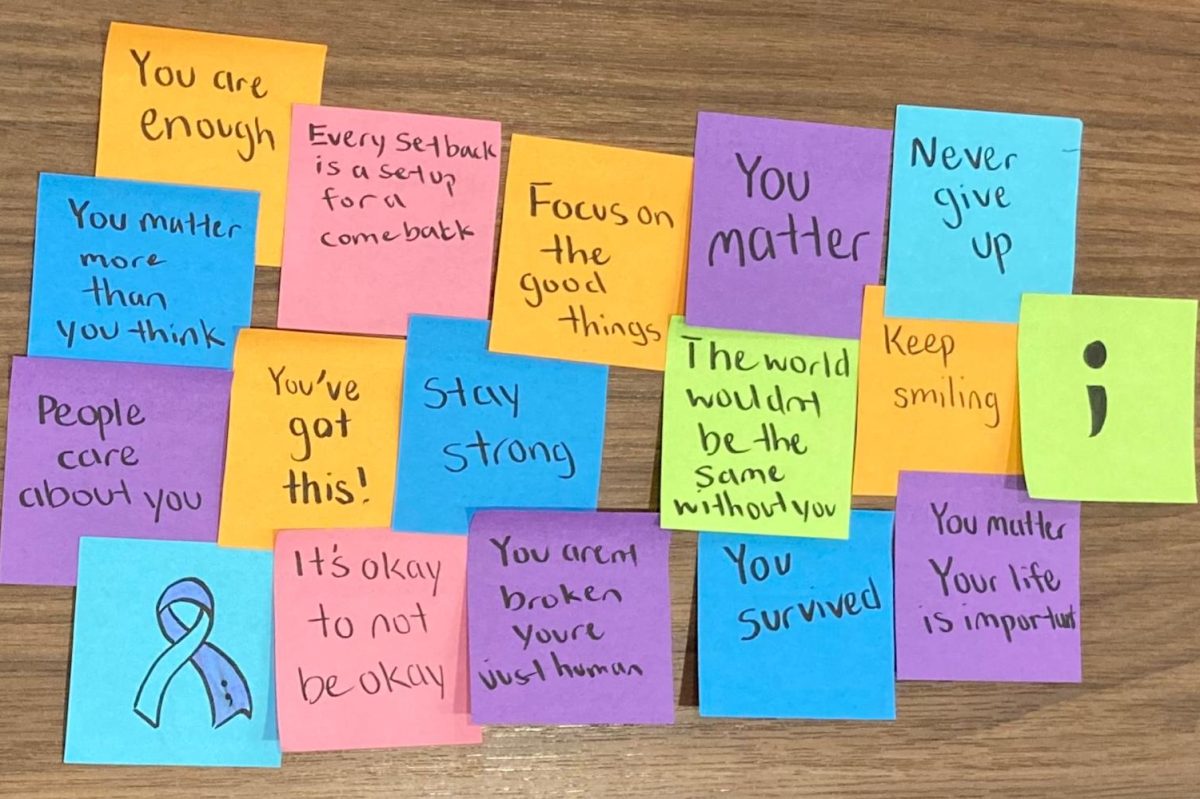
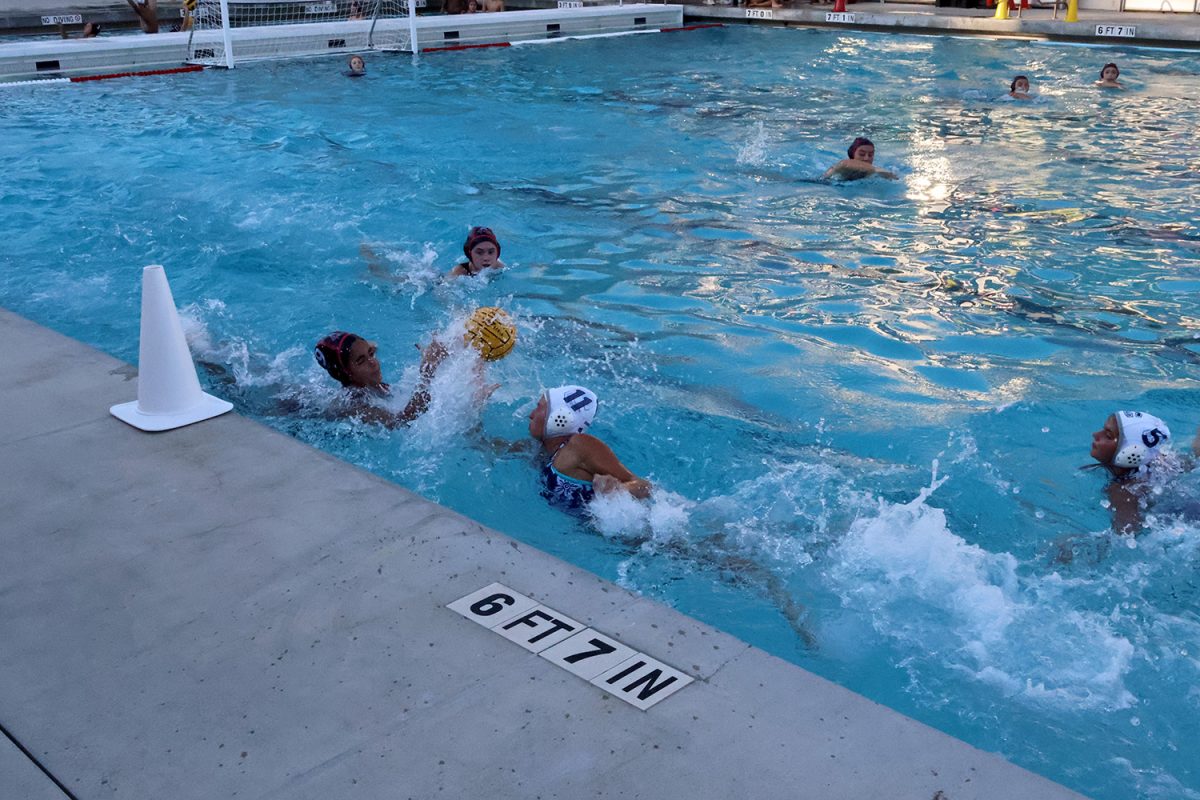

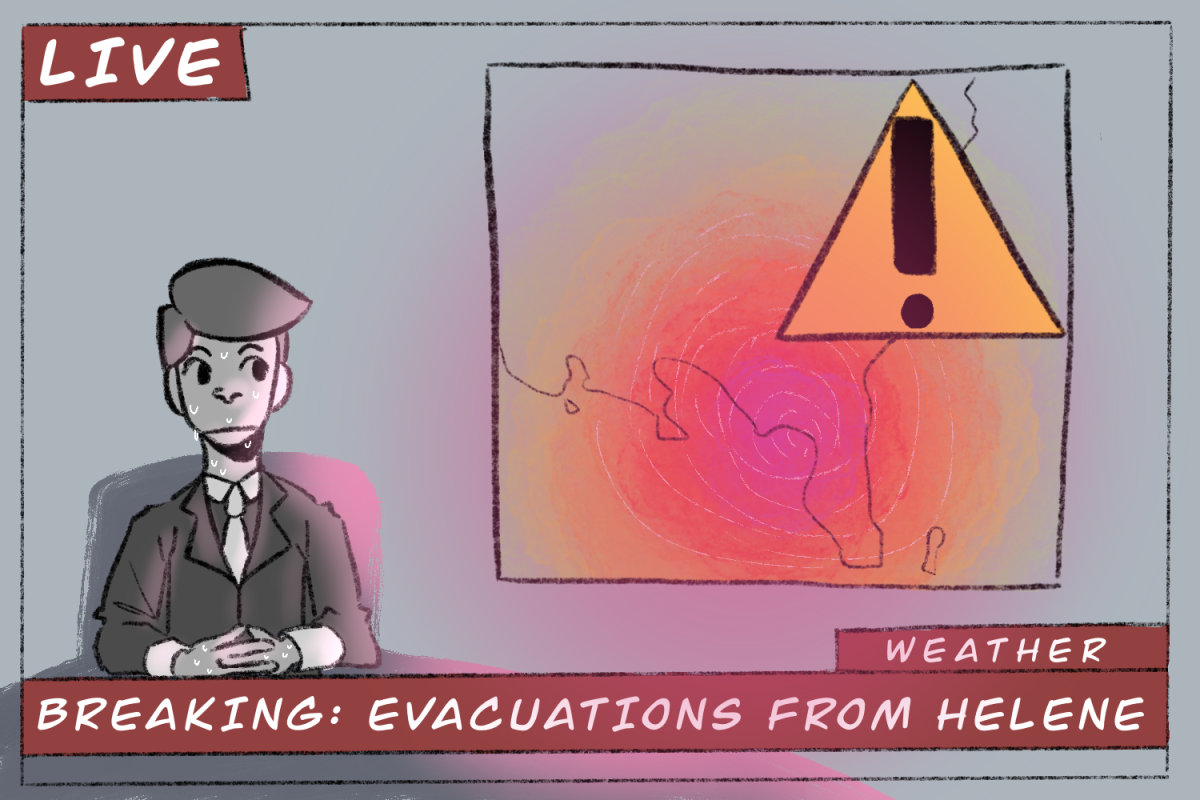

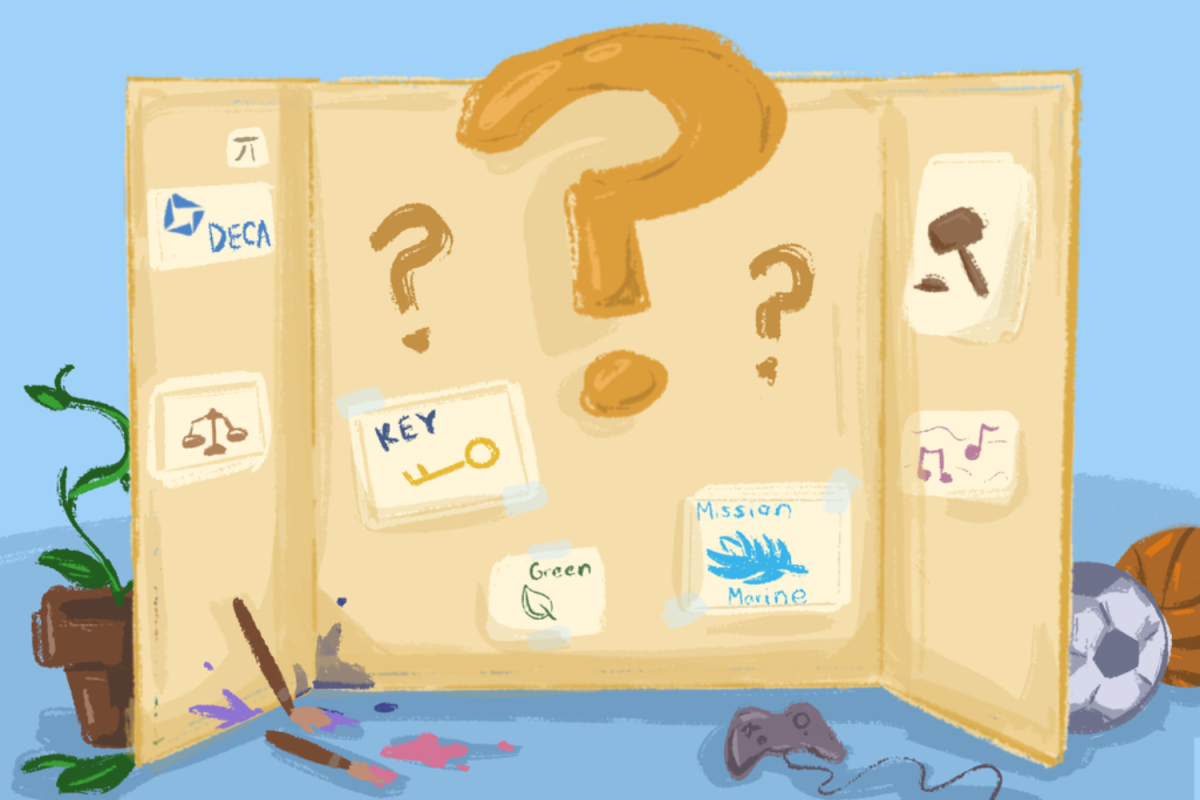



Jim Kelly • Oct 23, 2020 at 11:11 am
I really love this article. It was informative and spot on! If you’re interested in actually creating some change, I’d ask you to look into the historical perspective on this topic. The state of our current education is much different than it was in the past. Through the 1970s, education was much more Civics-based. Now, it is much more STEM-based. That change started in 1983 from a study funded by Reagan administration which was titled “A Nation At Risk.” That study created fear in our politicians that our students would fall behind Asian countries in terms of science and math skills. As a result, our education slowly began to change to the system you are in where success was measured by objective tests of memory-based knowledge. I would also refer to you the Bloom Taxonomy for a graphic on the best types of learning. It was determined by Benjamin Bloom in the 70s that knowledge-based education is actually the worst in terms of actual retention of skills learned. It is far more valuable to analyze and apply and even create in order to learn more effectively. Thank you again for this excellent article!